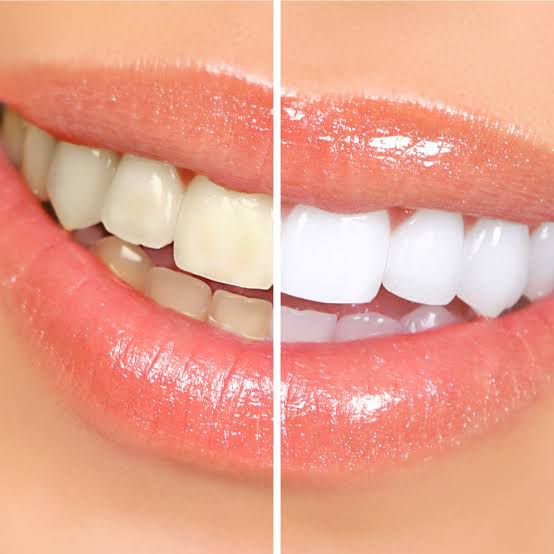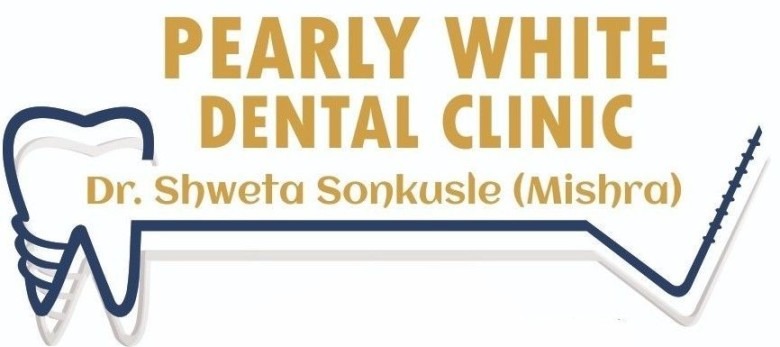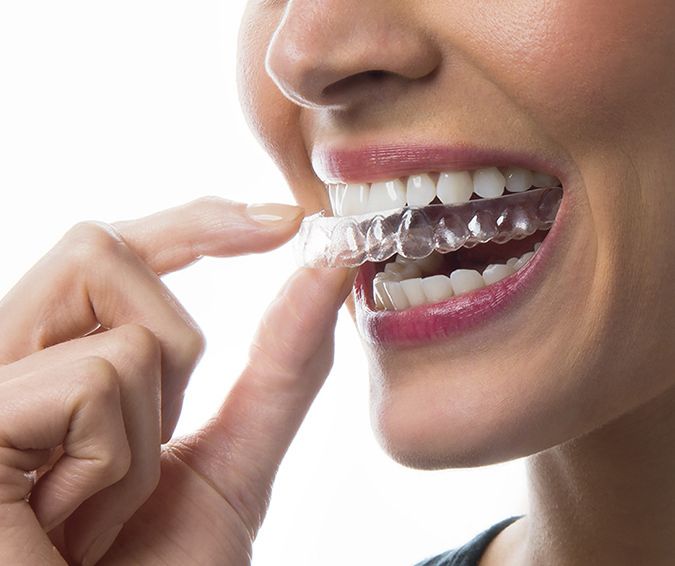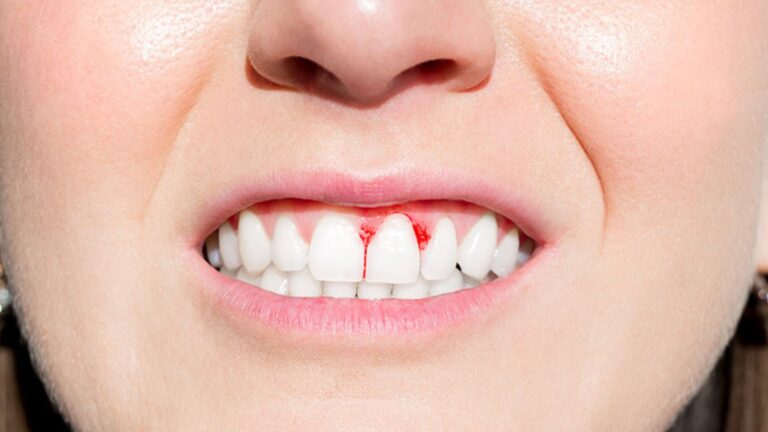Book Appointment Now

A Complete Guide to Teeth Whitening: Everything You Need to Know
A bright, white smile is often associated with beauty, confidence, and good health. Over time, however, factors like aging, diet, and lifestyle choices can cause teeth to become discolored. Teeth whitening has become an increasingly popular solution to restore that radiant smile. But before you jump into any whitening procedure, it’s essential to understand what it entails, the various options available, and how to choose what’s best for you.
Why Do Teeth Become Discolored?
Teeth discoloration can happen for various reasons:
- Extrinsic Stains: These occur on the surface of the teeth, usually due to the consumption of staining substances like coffee, tea, red wine, and tobacco.
- Intrinsic Stains: These are deeper within the teeth and can result from aging, trauma, excessive fluoride use, or certain medications.
- Aging: As we age, the outer layer of enamel on the teeth gradually wears away, revealing the naturally yellowish dentin underneath.
Types of Teeth Whitening Treatments
There are several teeth whitening methods available, from professional treatments to at-home options. Here’s a breakdown of the most common procedures:
1. In-Office Whitening
In-office whitening, or professional whitening, is performed by a dentist and offers the quickest and most effective results. A strong bleaching agent, usually containing hydrogen peroxide, is applied to the teeth. A specialized light or laser may be used to enhance the whitening process. Most people achieve noticeable results in just one session, although multiple treatments may be needed for severe staining.
Pros: Fast results, safe under professional supervision, highly effective.
Cons: Higher cost compared to other options.
2. At-Home Whitening Kits
Many dental clinics offer professional-grade at-home whitening kits, which include custom-fitted trays and whitening gel. The trays are worn for a few hours daily or overnight, depending on the strength of the gel. It usually takes a few weeks to achieve the desired level of whitening.
Pros: More affordable than in-office treatments, customizable to individual needs.
Cons: Results take longer to appear, and there’s potential for uneven whitening if trays are not fitted properly.
3. Over-the-Counter Whitening Products
These include whitening strips, gels, pens, and toothpaste. While more affordable, they contain lower concentrations of whitening agents than professional treatments. Results vary widely and may take longer to become noticeable.
Pros: Affordable, easy to use.
Cons: Less effective, especially for deep stains, and may cause uneven results.
Potential Side Effects of Teeth Whitening
While teeth whitening is generally safe, some individuals may experience side effects such as:
- Tooth Sensitivity: Whitening agents can temporarily increase tooth sensitivity, especially to hot or cold temperatures. Sensitivity usually subsides after the treatment.
- Gum Irritation: The bleaching agent may irritate the gums if it comes into contact with them. Professional supervision minimizes this risk.
- Uneven Whitening: Teeth with restorations like crowns or veneers won’t whiten like natural teeth, which can lead to uneven coloring.
How to Maintain Your Results
Once you’ve achieved a whiter smile, it’s essential to maintain it. Here are some tips to prolong the results of your whitening treatment:
- Avoid Staining Foods and Drinks: Limit your intake of coffee, tea, red wine, and other dark beverages. If you consume them, using a straw can help prevent direct contact with your teeth.
- Quit Smoking: Tobacco is a major cause of teeth discoloration. Quitting smoking not only benefits your oral health but also helps maintain your white smile.
- Practice Good Oral Hygiene: Brush and floss regularly to remove plaque and prevent surface stains. Using a whitening toothpaste can also help maintain your results.
- Schedule Regular Cleanings: Visit your dentist for regular cleanings to remove any buildup that could lead to discoloration.
Is Teeth Whitening Right for You?
Teeth whitening is a safe and effective solution for most individuals looking to enhance their smile. However, it may not be suitable for everyone. If you have severe gum disease, tooth decay, or sensitive teeth, consult your dentist before undergoing any whitening treatment.
Additionally, teeth with crowns, veneers, or fillings may not respond to whitening agents, which could result in an uneven appearance. Your dentist can advise you on the best course of action, which may involve replacing these restorations to match your newly whitened teeth.
Conclusion
Teeth whitening is an excellent way to boost your confidence and achieve a brighter smile. Whether you opt for in-office treatments or at-home options, it’s essential to choose the method that best suits your needs and budget. Be sure to consult with your dentist to ensure you get the safest and most effective results, and always follow post-treatment care to maintain your smile for years to come.
At Pearly White Dental and Implant Clinic, we offer professional teeth whitening services that deliver stunning results. Contact us today to schedule a consultation and find out which whitening option is best for you!



